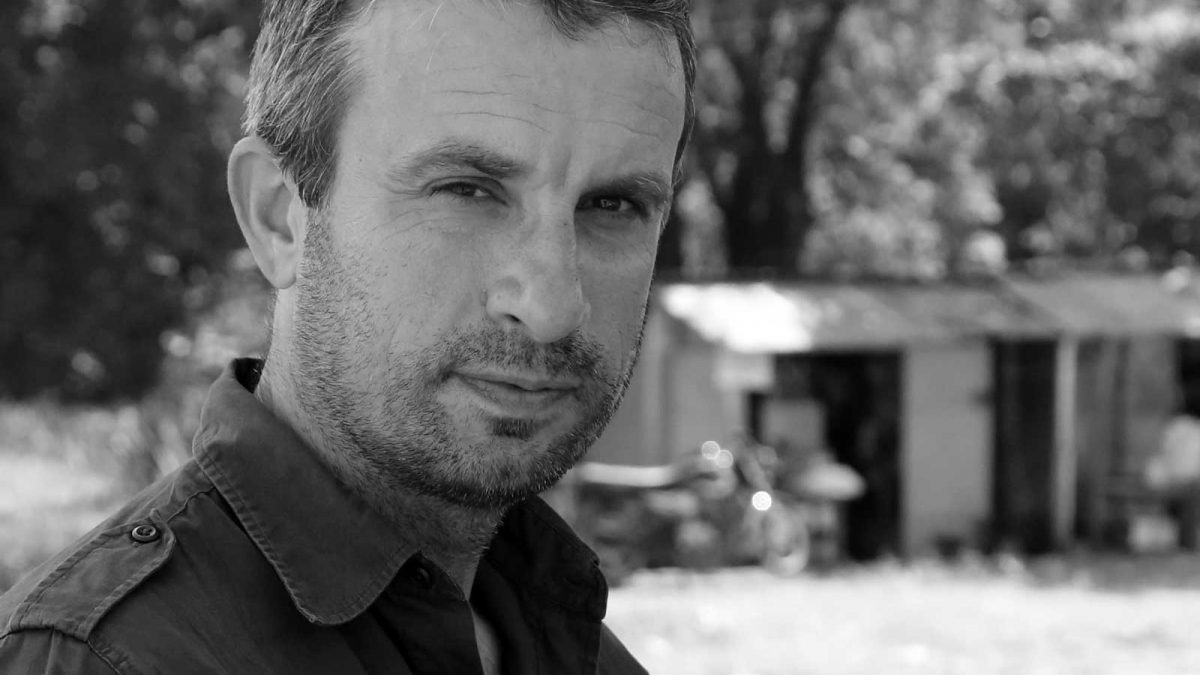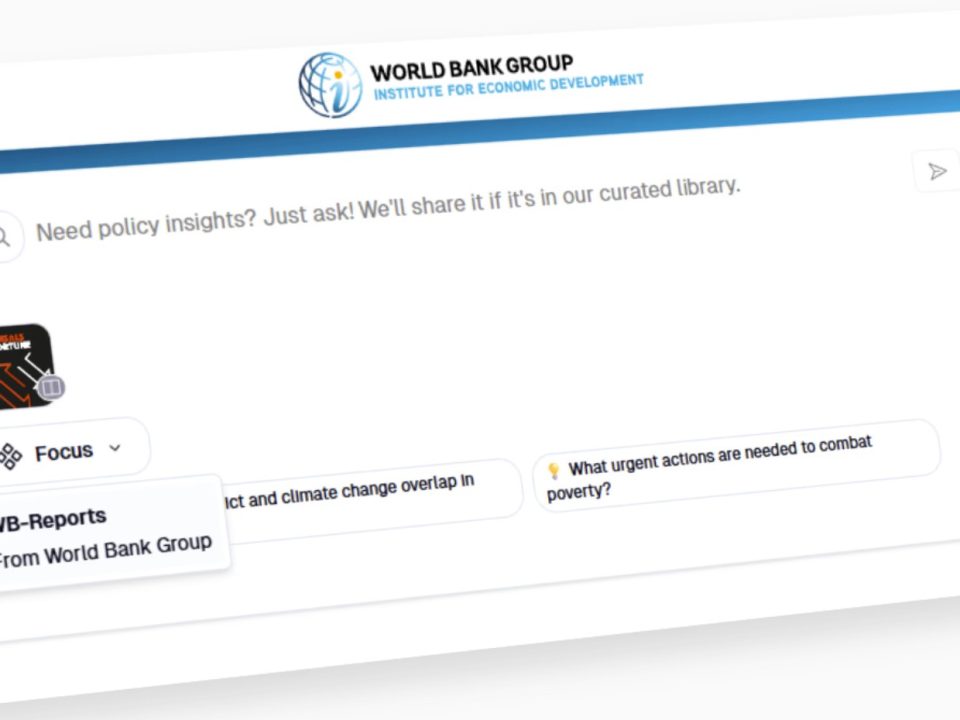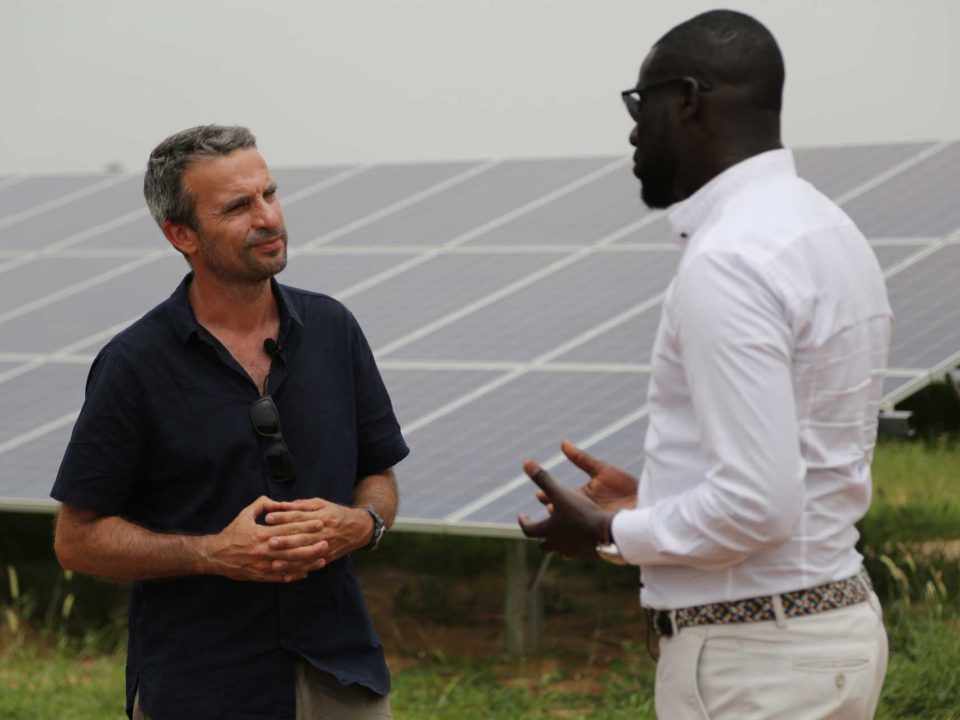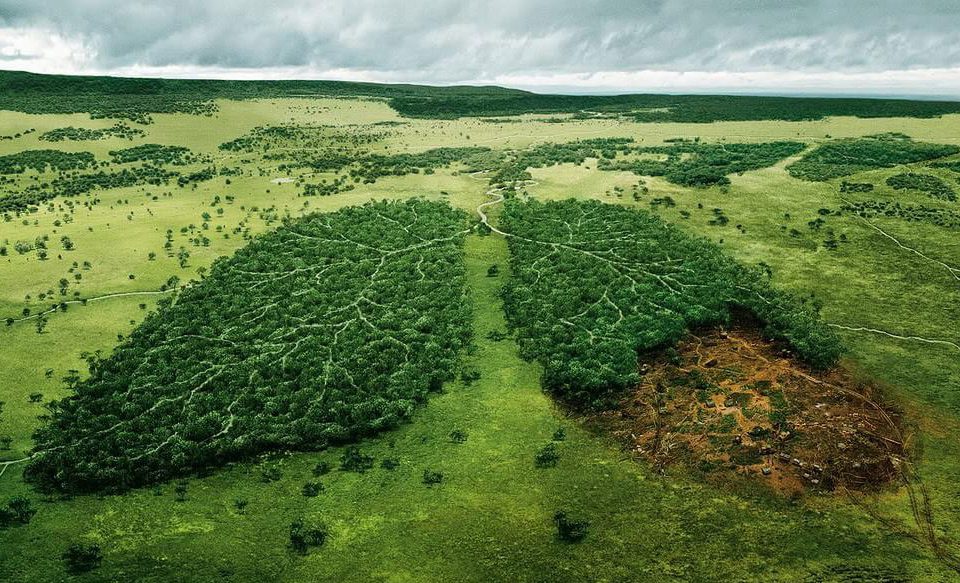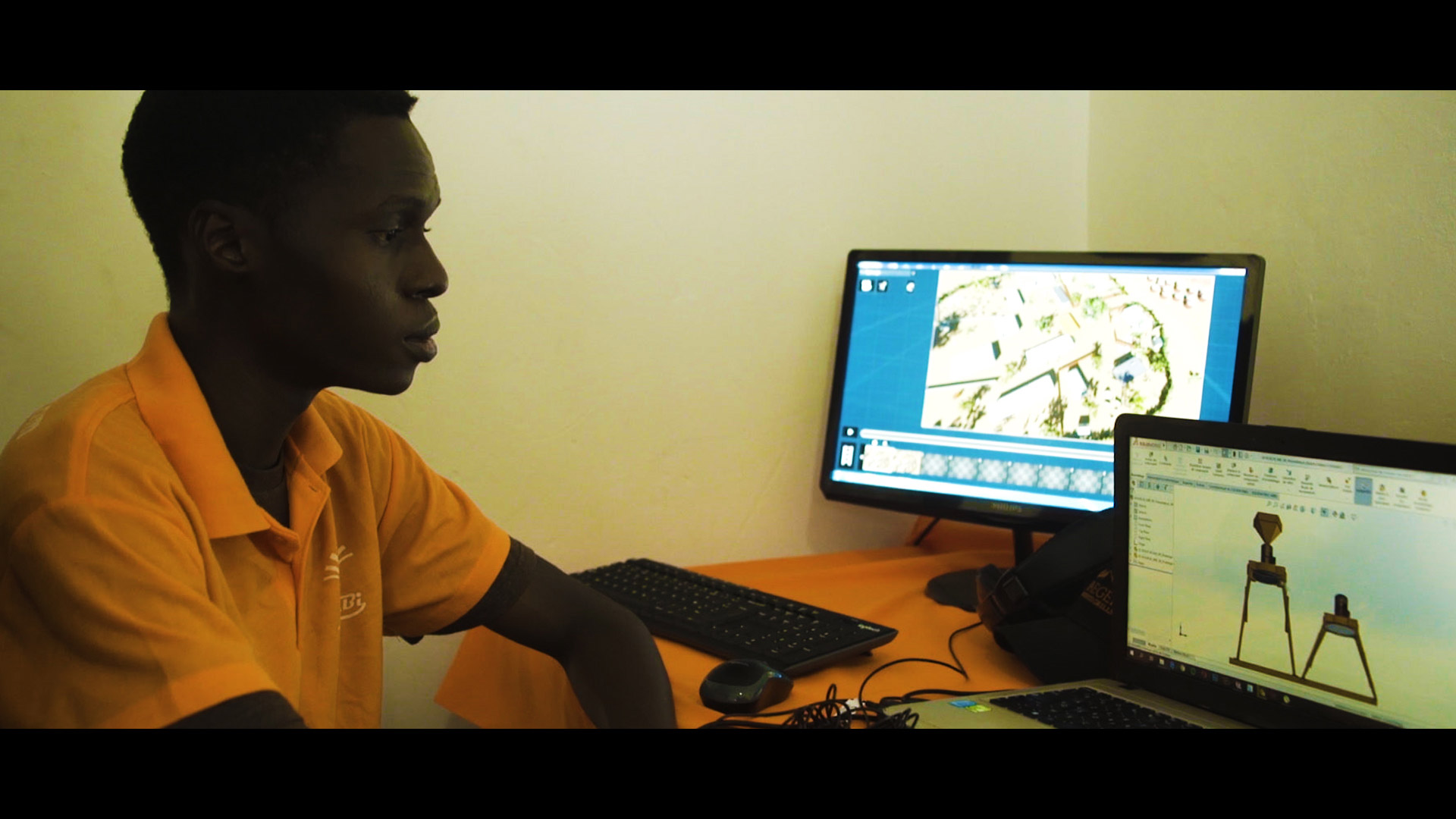
Algorithmes et plateformes en synergie pour une économie inclusive
25 juin 2020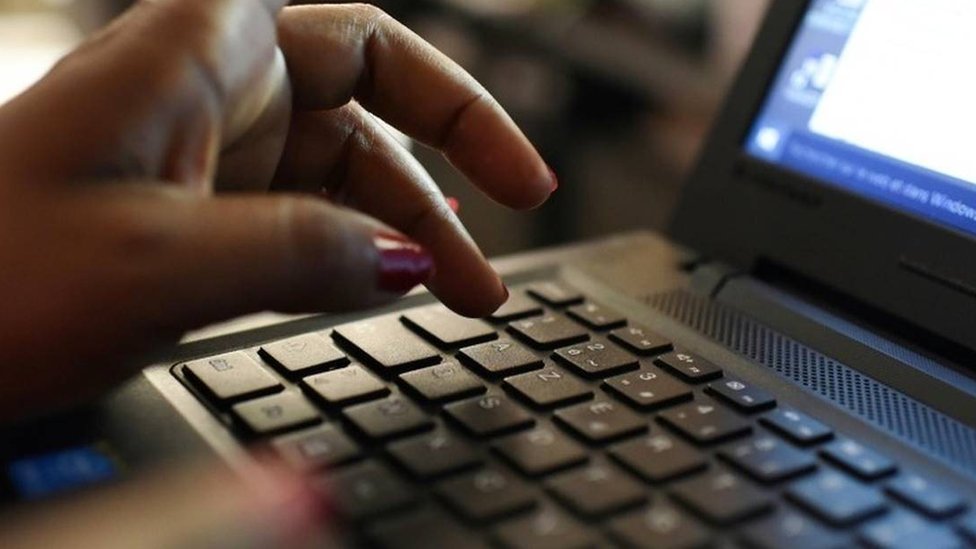
Le télétravail pourrait apporter des effets bénéfiques collatéraux en Afrique
25 janvier 2021In order to seize the opportunities offered by this fourth industrial revolution, it is imperative to develop and animate new digital 4.0 platforms that combine algorithms but also augmented reality and artificial intelligence.
More than ever, and in this context of global crisis that makes our relationships and our economy feverish, technologies can be our allies for the next thirty years.
Key dates and their indicators for the coming decades:
2030, with the partial or non-achievement of the Sustainable Development Goals (17 SDOs and more than 200 indicators).
2050 with a 50% increase in the African population, i.e. 2 billion inhabitants and more than 30 million in large cities such as Lagos, Cairo or Kinshasa.
2063 with the African Union’s agenda on the use of digital technology for economic growth.
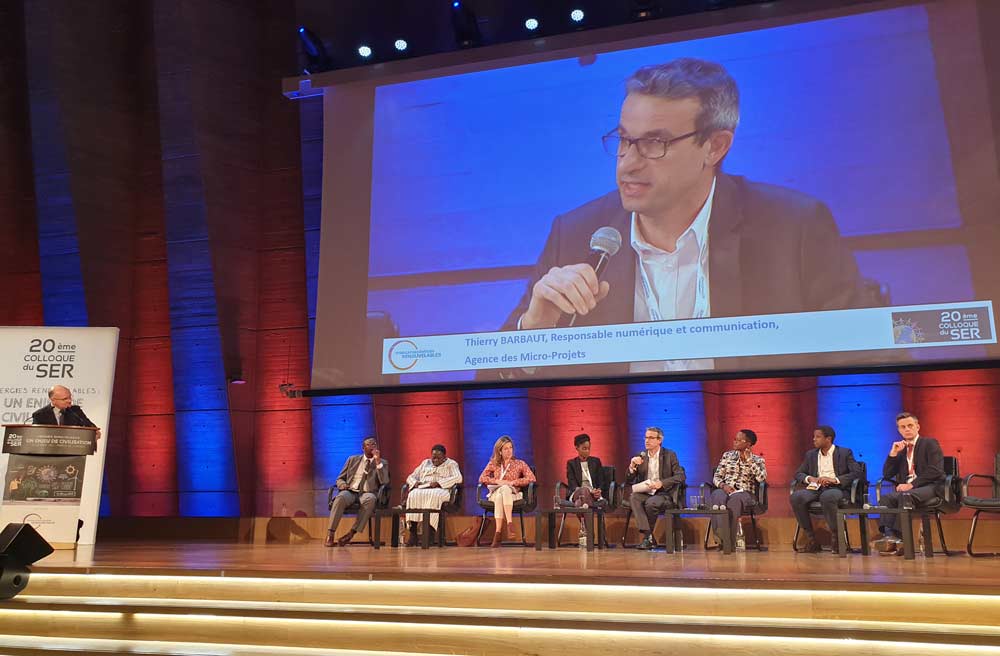
Humans, environment and technologies must coexist
It is clear that digital and science will be valuable allies to work better together in this globalised and globalized ecosystem that will put us to the test against the backdrop of the global coronavirus pandemic. Countries classified by the OECD as « developing » are systematically the most impacted by these challenges, and they are also the ones that need to take the most advantage of this situation to turn it to their advantage.
IRD (Institut de recherche pour le développement) indicates in a study conducted for the United Nations that « digital » and « science » could be the best assets to improve our results on the 200 indicators that coexist in the 30 Sustainable Development Goals (SDGs).
Beyond humans, it is of course the planet with its fauna and flora that is already being put to the test. We are depleting resources and developing a forced march industrialisation without a common logic and without analysis of local contexts which are increasingly heterogeneous. The challenge is immense, but technology and this new industrial revolution offer us an incredible opportunity that may never happen again.
Digital experts, innovative companies and the networks that represent them must anticipate, propose a long-term and pragmatic vision to convince politicians that this is the choice of the future.
Development with platforms
Development is a huge industry that offers, with its thousands of committed people, powerful collaborative perspectives to reshape the contours of a sustainable world. It involves all the economic and social actors of the different continents as well as those of the so-called « rich » countries as well as the « poor » countries commonly called from the South and the North. This sector manages hundreds of billions of euros invested every year in the form of loans, guarantees, investments and subsidies. These funds are essential for the actions carried out for the countries and finally for all the actors who without these financial levers could never set up their local actions.
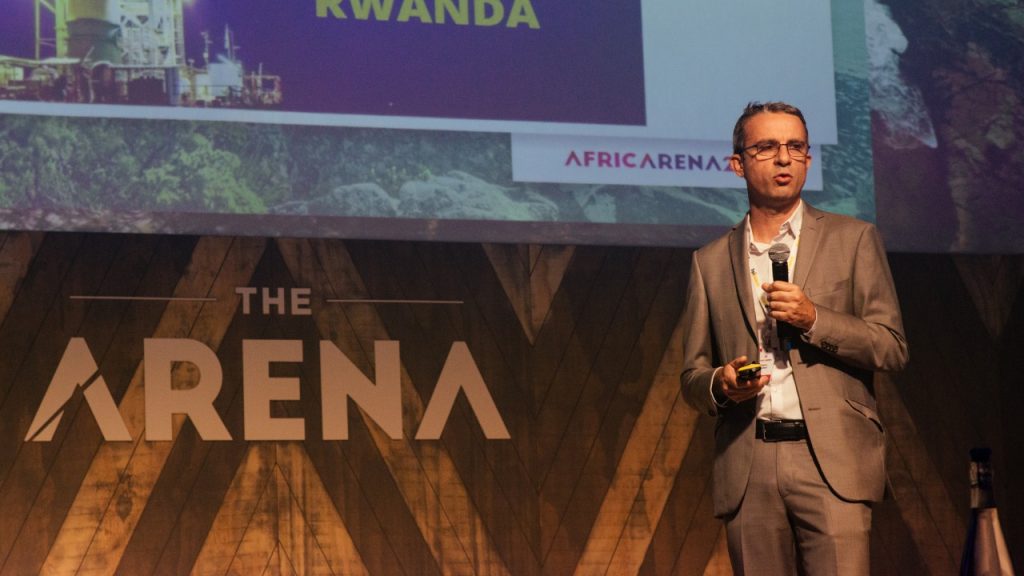
Development is therefore financing with the key players: governments, companies, investment funds, foundations, local authorities and, of course, civil society.
This development takes place with actors committed to the development of society. This commitment is increasingly made with indicators and digital tools, but often in an anarchic and isolated way without taking into account the indicators that are available… Studies and data are present, but digital data are not sufficiently democratised. They are not sufficiently shared or freely accessible.
Excellent initiatives are emerging, such as the Edflex platform of the French Development Agency, which shares hundreds of freely accessible resources online. Or the World Bank which offers a platform https://donnees.banquemondiale.org/ with a powerful search engine.
Digital 4.0
These thousands of actors, in different countries, speaking different languages and with their own means and systems, offer their services, work and collaborate on different projects affecting millions of beneficiaries. These networks are complex and not unified, they sometimes reproduce the same processes or actions and without knowing that others act in the same way with more or less adapted tools
Capitalisation, good practices and analyses are not shared enough and this is a colossal loss in terms of visibility for collective actions and ultimately a mitigated impact on the performance of the different operators, companies and society.
As Gilles Babinet rightly points out in his book Transformation digitale, the advent of platforms means that collaborative service platforms are now playing a new role in the global economy and development. They are driven by thousands of Development Actors.
With the coronavirus pandemic, it is possible to support initiatives led by hundreds of Development Actors in Africa. They have already been working on « Health Tech » health technologies for many years with a success proven by locally accessible innovations such as new telemedicine centres, eye analysis applications, smartphone screening or geo-tracking analyses of pandemic movements on smartphones. Ushahidi, for example, can even be used to map the pandemic in Kenya but also in Spain or Italy: https://kenyacovid19.ushahidi.io/views/map
These platforms make it possible to develop accessibility to services such as financing and co-financing, downloadable or consultable resources (advice sheets, analyses, diagrams, POCs, case studies), the inventory of the actions of the different actors, etc…
What radically transforms the development of these platforms is the use of augmented reality algorithms and soon artificial intelligence.
Offering content in platform mode and coupling powerful technical developments to it already allows local actors to take possession of technologies, knowledge and thus to increase their skills. The informal economy in Africa is thus becoming more formalized, little by little and in contrasting ways according to regions and countries. Projects are being structured with more and more data and algorithms making actions more precise and efficient. Briter Bridges proposes a map of Africa that brings together structures acting in the health sector with new technologies, demonstrating the incredible growth boosted by digital platforms.
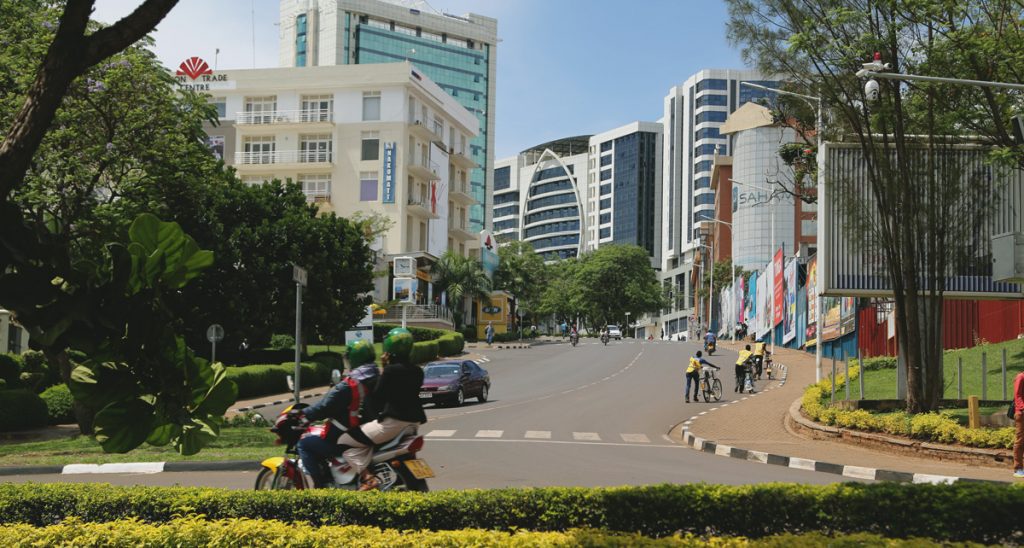
Algorithms with three pillars of development: geographical areas, themes and structures
With the algorithms it is now possible to allow a project, whether it is carried out by a company, a foundation, an association or a donor, to access the most appropriate financing by different criteria. Three main accesses are determining: the geographical area which can be the continent, the country and the region(s); The themes or sectors of activity which can be health, agriculture, energy, urbanism, mobility, water, social or entrepreneurship; And the structures: size, turnover, type, number of active people, personnel, professions, experiences, actions carried out, et
These three main criteria, which are the geographical area, the themes and the types of structures carrying out projects, already make it possible to sequence the contents and thus to ally the various actors on common bases: a major step has already been taken.
In the technicality of the algorithms, it is necessary to discern what mirrors what the human being proposes. Whether it is the human or algorithmic mirror and therefore what our developments or that of the « machine » reflect, it is necessary to understand that in computer science it can only be « learning » (implicit) or « non-learning » (explicit). This makes it possible to judge their relevance.
Finally, the more we are able to analyse this mirror, the better we will be able to judge the virtual world. A better analysis of this mirror will allow us to judge the virtual world better and not impose it. This is explained by Aurélie Jean in her book De l’autre côté de la machine, voyage of a scientist to the land of algorithms.
It is with these tools that platforms change dimensions, they are now limited only by our capacity to imagine them, to undertake them, to make them accessible and evolving according to the contexts of this moving world where man and nature are confronted with immense challenges.
Augmented reality, artificial intelligence, drone will work together
With these platforms, which collect data from the very people who benefit from these services, it becomes possible to offer more innovative services: interactive mapping (World Bank) with open data, which offers the possibility, for example, of adding augmented reality to superimpose a local context thanks to applications on smartphones. An operator of an NGO in Africa can overlay layers and interact with actors or overlay the actions of other organisations.
Artificial intelligence that allows the analysis of a context (with overpowering capacities) or the deployment of a programme according to the probability of failure or from the analysis of past actions to provide a better logical framework for intervention. The use of UAVs with the coupling of cartography, augmented reality and data also allows invaluable capitalisation work on infrastructure projects such as solar, hydroelectric or environmental projects.
The Internet of Things
The IoT, the Internet of Things or IdO in French, already plays a major role. The uses are unimaginable, so vast are they. Millions of companies and consumers use them without knowing it.
The Sigfox company, for example, makes it possible to track rhinos and thus keep them away from poachers. The animals are equipped with $30 sensors inserted in their horns that allow them to geo-locate in real time the animals, of which there are now only 29,000 in the world. It is a relatively simple project technically, but one that allows for countless developments.
The Sigfox antennas make it possible to transmit waves over more than 50 kilometres without a SIM or subscription. The only challenge is that the data must be light enough to be transmitted on low-frequency waves, this is the know-how of this French IoT flagship.
So let’s imagine the objects connected in the development: water sensors, energy flow sensors, infrastructure controls, not only the business model but also the savings that this can generate. Power losses or « load shedding » are frequent in Africa. They can represent more than 150 days per year if we take the example of the southern part of Senegal. Losses on the continent represent a market of more than 5 billion dollars a year according to the World Bank. With connected objects in flow control this could soon be an old and painful memory.
The IoT or IoT market clearly offers a superb growth prospect for African markets.
Turning challenges into opportunities
Tools that are developed by humans for humans, but with a collective goal, that of better meeting the challenges we face, which will increase exponentially in the coming years. Water speculation or war, migrations, conflicts, food shortages. With technology and a multi-country coalition we could turn these challenges into economic and social opportunities while preserving the environment and thus our future.
Communities of committed actors, new economic models
One of the virtuous and invaluable aspects of Platform 4.0 is the productivity of the communities that come together and work together on local themes, regions or economic plans. They connect, group together, share, analyse and deploy new know-how adapted to the markets with innovative actions. It is a fact that platform communities are more agile, faster, more efficient and more proactive in their approaches. One concrete case in point is the platform supported by BPI (Banque Publique d’Investissement) EuroQuity, which allows the startup to access investors in just a few clicks.
EuroQuity connects innovation and digital entrepreneurs with Venture Capital (VC) or private equity players. The impact is enormous, with tens of thousands of players converging to finance or co-finance structures that would otherwise struggle to make themselves known! The multiplier effect is enormous and the impacts on the beneficiaries colossal, not to mention the time acceleration offered by these relationships.
In this ecosystem of network, connection and networking at different levels, social networks with the new tools of virtual assistants will play a major role. Facebook with its dreaded WhatsApp, but also Slack or LinkedIn coupled more and more with virtual money tools also coupled with e-commerce or services such as « pay as you go » are revolutionising and will revolutionise more and more over the next 20 years. Especially in the fast-growing countries of the South.
Energy, which is increasingly sustainable because it is renewable, is becoming accessible through the bank account on the telephone. In Africa, this requires redesigning local economic models with all the companies and states concerned. These cases of use will also redefine the practices of developed countries such as in Europe where we will be able to consume energy « on demand » and no longer by subscription.
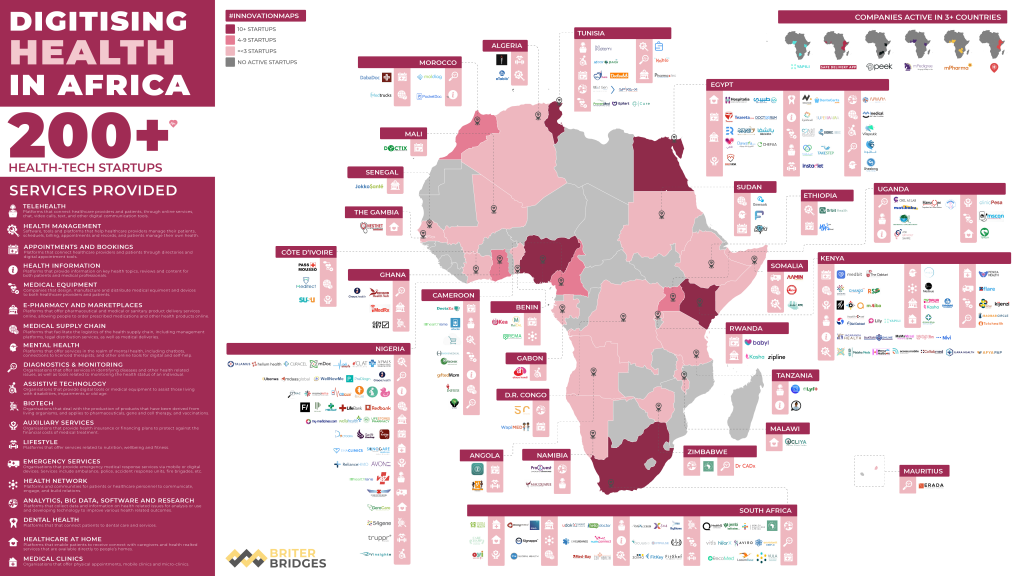
Putting citizens at the heart of new technologies
Of course, we must put people before technology. Like the French company Tactis which, in its sustainable city development project for Kigali developed in partnership with the local authorities, has set up a vast programme of reflection and transition for the redevelopment of the city: infrastructures, transport, mobility, digital services, etc. This vast plan is based on citizen consultation and not the imposition of political choices thought up by the elites.
The fine analysis, also through algorithms, will allow citizens to express their interest in different solutions. It is innovative, digital and human-based. An approach to be labelled.
Whether we like it or not, we must integrate new technologies to better control our impact on the world and one of the keys is and will be to develop technologies accessible to all in an increasingly connected world. The challenge is all the more complex as these technologies will be as evolutionary as they are energy-intensive, which is why we will have to invent new models.
It remains to be seen whether we wish to take this giant step by speeding up our collective thinking or whether we will, as is often the case for fear of what is new, slow down the reforms that would allow us to integrate digital with human beings at the heart of our vision of the future. A future that must necessarily be sustainable.

